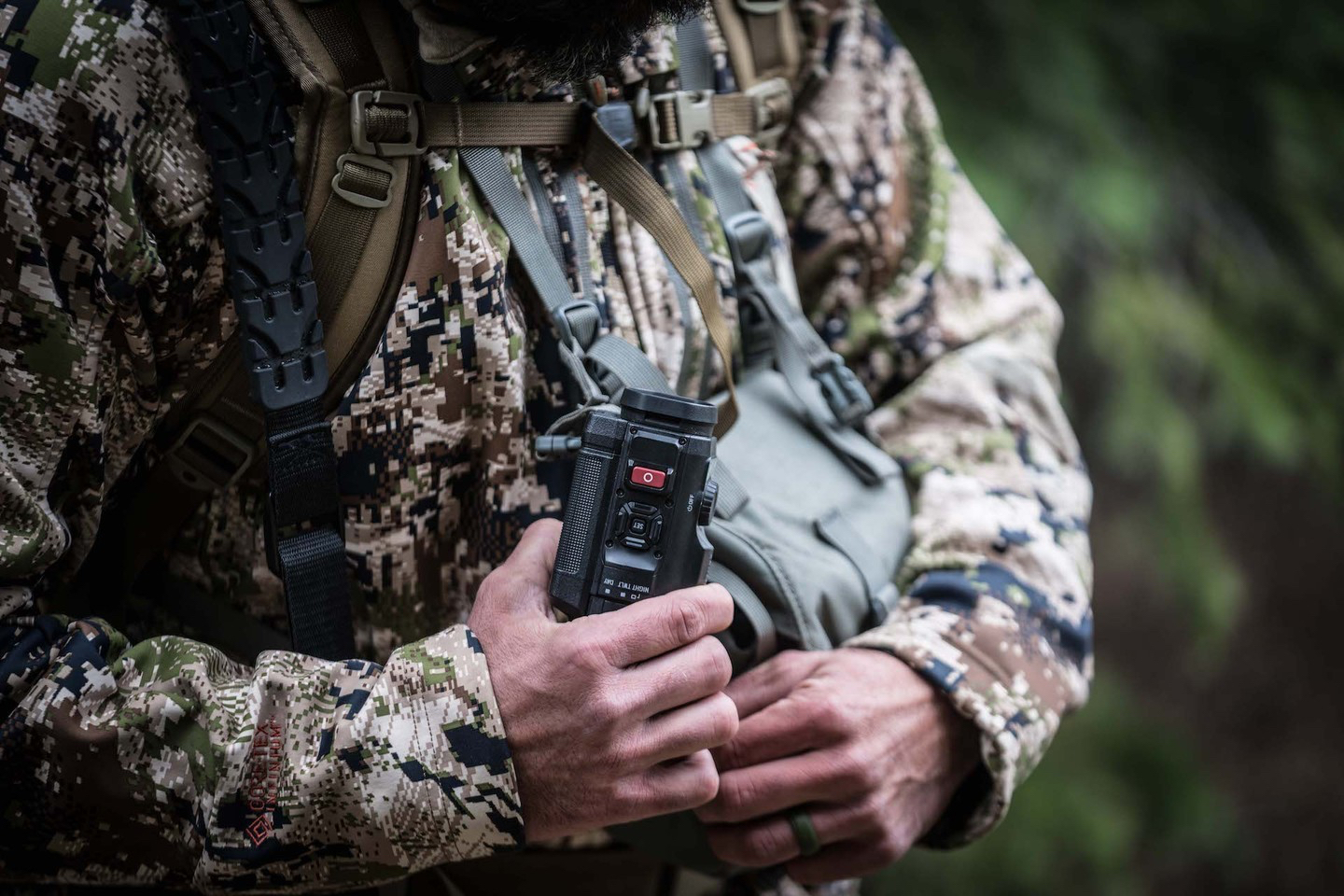
Thermal imaging cameras represent a significant advancement in surveillance and detection technology, making it increasingly difficult for objects, individuals, or activities to go unnoticed. These devices detect infrared radiation (heat) that all objects emit, converting it into an image that visualises temperature differences. This capability is invaluable in many fields, from security to search and rescue operations, building inspections, and wildlife research.
Here’s how thermal imaging cameras work and why they make it tough for anything emitting heat to remain hidden.
Understanding Thermal Imaging Technology
- Detection of Infrared Radiation: Unlike traditional cameras that capture images based on visible light, thermal cameras detect infrared energy (heat) emitted by objects. Every object emits some form of infrared radiation depending on its temperature, making it visible to thermal cameras even in total darkness.
- Creating Thermal Images: Thermal cameras convert the infrared data into an electronic image that displays the apparent surface temperature of the objects. These images use a colour palette to represent different temperatures, often with cooler areas in blue and warmer areas in red or white.
- High Sensitivity: Modern thermal imaging cameras are extremely sensitive to temperature differences, often able to detect variations as small as 0.01°C. This sensitivity allows for the detection of heat signatures that would be impossible to see with the naked eye.
Applications of Thermal Imaging Cameras
- Security and Surveillance: In security, thermal cameras are used to monitor areas in complete darkness, through smoke, fog, or dust, making them essential for border security, maritime patrol, and intruder detection. They can easily spot human activities or unauthorised entries where standard cameras would fail.
- Search and Rescue Operations: During search and rescue missions, especially at night or in harsh conditions, thermal imaging cameras can save lives. They help rescuers locate lost or trapped individuals by their body heat, significantly speeding up the rescue process.
- Building and Home Inspections: Thermal cameras identify heat leaks in buildings and homes, revealing areas where insulation is missing or inadequate. They can also spot moisture issues by detecting cooler areas caused by dampness, which is vital for mould prevention and structural integrity.
- Healthcare and Veterinary Use: In medicine, thermal imaging is used to detect changes in body temperature that may indicate disease. Veterinarians use thermal cameras to assess animals, particularly for diagnosing inflammation or poor blood circulation.
- Industrial and Mechanical Analysis: These cameras help detect overheating parts or friction in machinery, which can be an early sign of potential failure. This application is crucial for preventive maintenance and safety in industrial settings.
Wildlife Research: Biologists use thermal imaging cameras to observe nocturnal wildlife without disturbing them, providing insights into animal behaviour, habitat use, and population counts.









